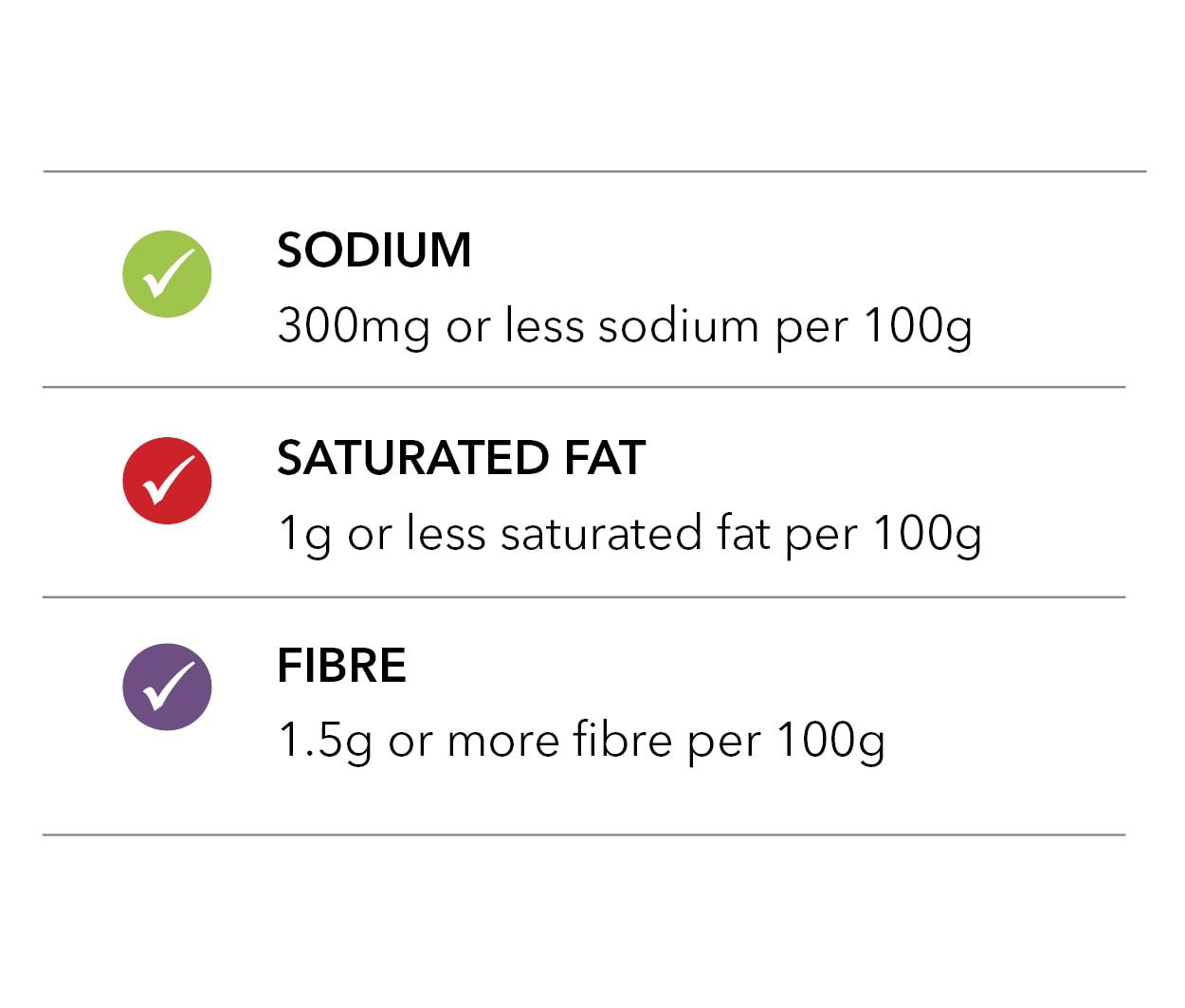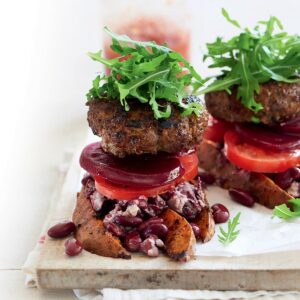
Packaged or canned soup is a convenient comfort food. Which ones are as good as they look, nutritionally?
What’s available
There are plenty of hearty soups available in the supermarkets that, with a wholegrain roll, will make a convenient and nutritious light meal. We found soups in the chiller section as well as pouches and cans on the shelf, alongside packets of dried soups. There are even soup mixes packed with dried beans and veges. There are also an increasing number of soups that cater for gluten-free, dairy-free, vegan or vegetarian diets. We even found a low-FODMAP option.
Sodium
Sodium levels in soup have been reducing over time, especially in dried packet soups. Most of these came in at under 300mg per 100g. However, there is still a wide range in the amount of sodium in liquid soups. Limiting our sodium intake can help control our blood pressure and reduce cardiovascular risk.
We recommend choosing soup that contains 300mg or less sodium per 100g.
Saturated fat
As with sodium, the amount of saturated fat in soup varies a lot. Cream, coconut and meat can all increase the sat fat content. Thai Laksa-style soups came in highest, with between 3g and 5g saturated fat per 100g.
We recommend choosing soup that contains 1g or less saturated fat per 100g.
Fibre
Choosing soup that’s at least 50 per cent veges or high in fibre will help turn your soup into a healthy, filling meal. Fibre in soup tends to come from veges, pulses or beans, so they can be a great source of gut-friendly fibres. However, if you are sensitive to the fructan-FODMAP group, many soups contain onion or garlic, making them not a good option. In that case, check the ingredient list.
We recommend choosing soup that contains 1.5g or more of fibre per 100g.
How to choose
Use this criteria to choose winter soups.
www.healthyfood.com











